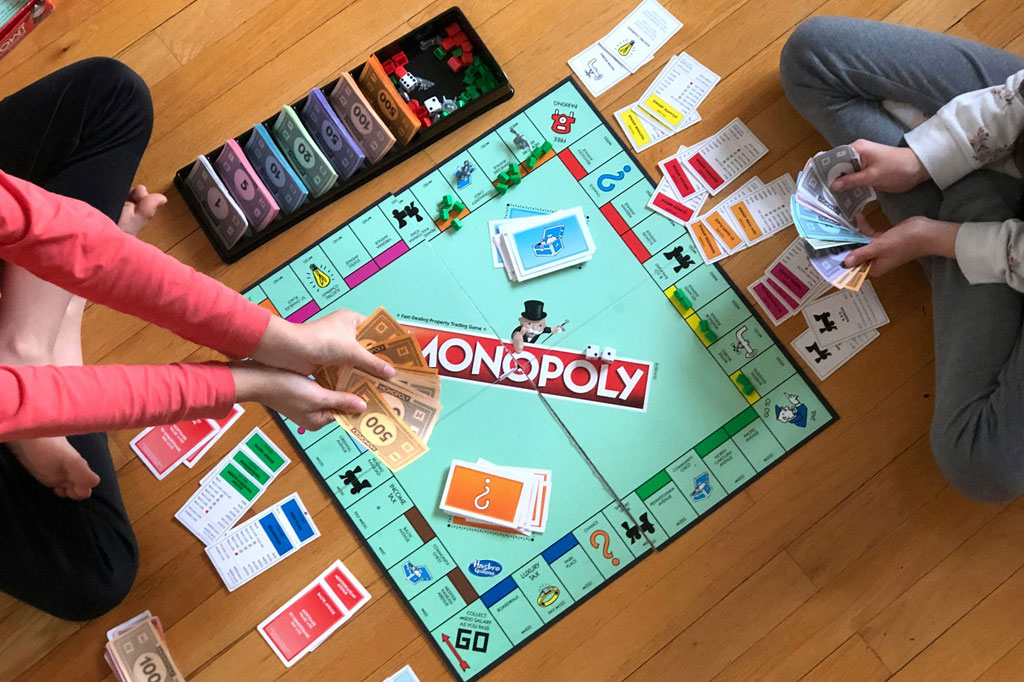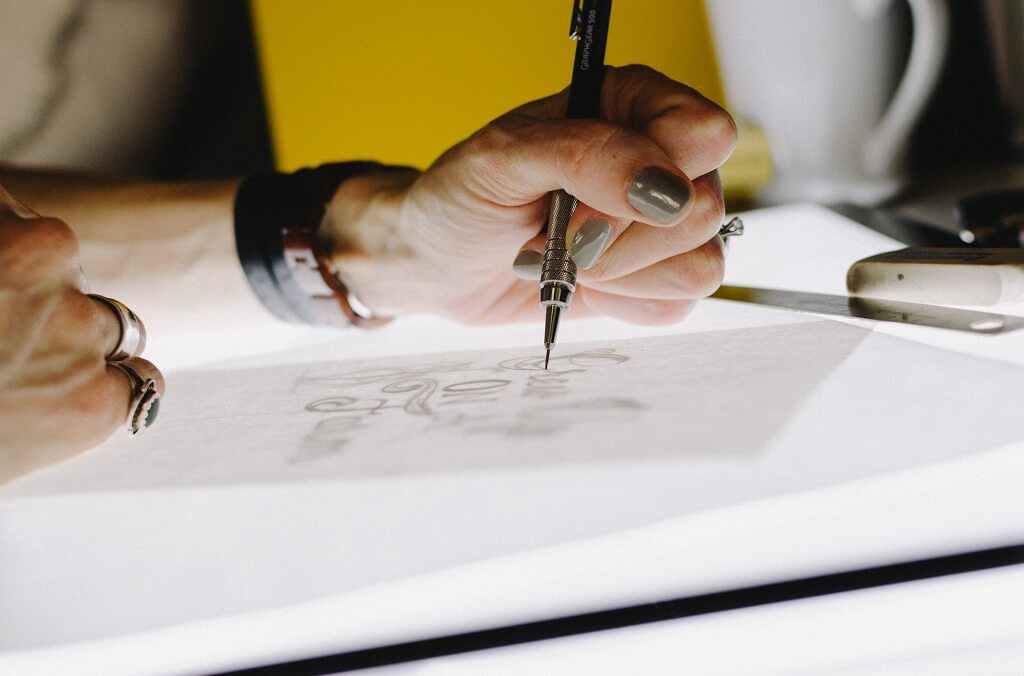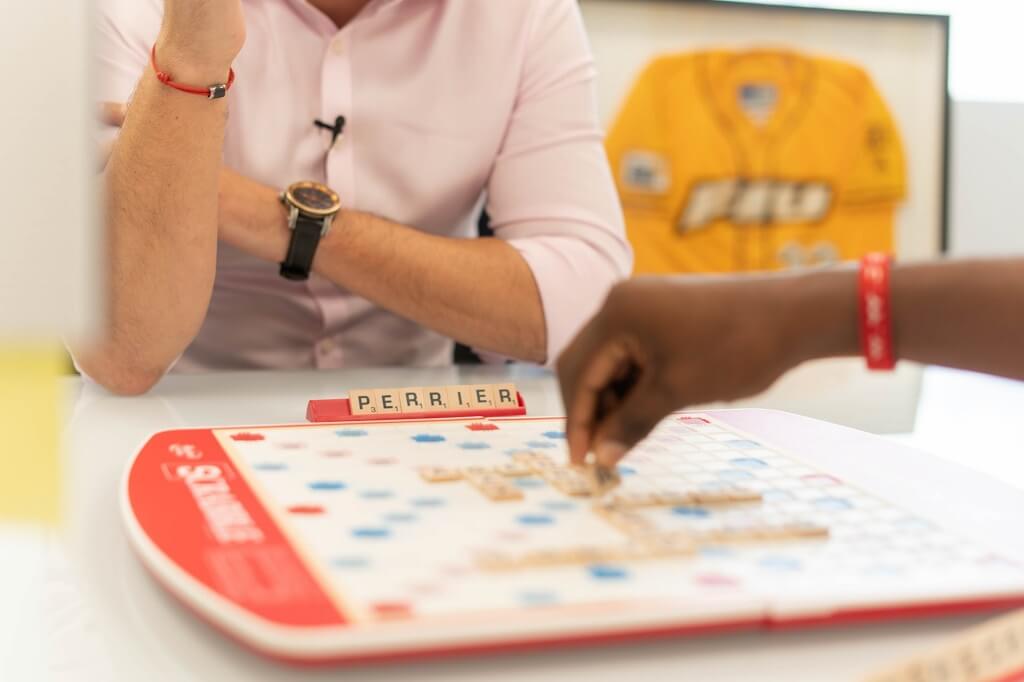Classic board games like Jenga, Monopoly, Scrabble, and Chess have entertained generations, combining simple rules with hours of strategic fun. But as gaming becomes increasingly personalized, many enthusiasts and businesses are exploring ways to transform these timeless games into unique custom editions.
In this guide, we’ll walk you through practical steps to turn a classic game into a custom edition, including design considerations, material choices, personalization options, and production tips.
Table of Contents
1. Choose the Classic Game
The first step in customizing a classic game is selecting the right game to modify. Consider the following factors:
- Popularity and familiarity: Well-known games like Monopoly or Jenga are ideal because people already understand the rules, making it easier to engage them with your custom twist.
- Adaptability: Some games are more flexible in terms of customization. For instance, card games can easily accommodate new artwork or mechanics, while chess can be personalized mainly through board and piece design.
- Purpose of customization: Decide whether the edition is for personal gifting, corporate branding, promotional giveaways, or retail sales. This purpose will influence the level of customization and material investment.
Selecting a game that resonates with your target audience ensures your custom edition will be both meaningful and engaging.
2. Define Your Customization Goals
Once you’ve chosen a game, clarify what you want to achieve with your custom edition. Customization can vary from small personal details to entirely reimagined gameplay. Some common goals include:
- Aesthetic personalization: Changing colors, patterns, or materials to match a theme, brand identity, or personal taste.
- Gameplay modification: Adding new rules, challenges, or mechanics to refresh the classic game experience.
- Commemorative purposes: Add names, dates, or images to commemorate weddings, anniversaries, or corporate milestones.
- Educational value: Incorporating trivia, language lessons, or problem-solving challenges to make the game both fun and informative.
Defining your goals helps guide decisions for materials, design, and production processes.
3. Select Materials and Components
Material choice is critical for both the look and feel of your custom edition. Traditional games often use wood, cardboard, or plastic, but custom editions offer the opportunity to experiment. Consider the following options:
- Wood: Ideal for tactile games like Jenga or Chess. Wooden blocks or pieces can be engraved, painted, or printed with unique, personalized custom designs.
- Plastic: Versatile and lightweight, perfect for cards, dice, or figurines. 3D printing allows for unique shapes or character designs.
- Cardboard and Paper: Commonly used for board surfaces and cards. Premium printing delivers crisp graphics and vivid, eye-catching colors.
- Metal or Resin: For premium editions, materials like metal or resin add weight and a luxurious feel, suitable for collectible or display pieces.
Choosing durable materials enhances both the aesthetic appeal and longevity of the game.
4. Personalize Visual Elements
Custom editions shine when visual elements are thoughtfully tailored. This step typically involves design work that reflects the theme, event, or brand identity. Key areas to consider include:
- Board or play surface: Replace generic designs with custom illustrations, patterns, or textures. For example, a Monopoly board could feature landmarks of your city instead of traditional streets.
- Game pieces or cards: Modify shapes, colors, or printed content. For Jenga, each block could carry a fun fact, motivational quote, or company logo.
- Packaging: A custom box with branded artwork, magnetic closures, or foil accents elevates the unboxing experience and makes the game feel special.
- Typography and graphics: Choose fonts, icons, and images that complement your theme while remaining legible and visually appealing.
Collaboration with a professional graphic designer or board game maker ensures your ideas are executed with precision.
5. Modify or Enhance Gameplay
Custom editions aren’t limited to cosmetic changes. Altering gameplay can make the game more engaging or aligned with your goals:
- Add new rules or challenges: For example, in a trivia-based edition of Scrabble, players could earn extra points for answering questions correctly while forming words.
- Introduce themed objectives: Adjust the winning conditions to match the theme, such as building “city districts” in a custom Monopoly edition.
- Incorporate interactive elements: Include cards, tokens, or challenges that require players to engage with the game differently, fostering creativity and fun.
Be careful to maintain a balance between new features and the original game’s core mechanics to avoid overcomplicating play.
6. Test and Refine Your Custom Edition
Playtesting is a crucial step. Even small changes in rules or component sizes can affect gameplay dynamics:
- Test with friends or colleagues: Observe how players interact with new rules or components, noting any confusion or frustration.
- Adjust balance and difficulty: Ensure the game remains fun and challenging without being overly complex or unfair.
- Check durability and usability: Evaluate whether materials hold up to repeated use and whether pieces are easy to handle.
Iterating based on feedback ensures your custom edition is polished, functional, and enjoyable.
7. Consider Production Options
Depending on your goals and budget, you can approach production in different ways:
- DIY or small-scale production: Ideal for personal gifts or limited runs. Simple materials, home printers, and hand-painting can achieve impressive results for small quantities.
- Professional manufacturers: For bulk orders or commercial distribution, partnering with a board game manufacturer guarantees higher quality, consistency, and safety standards.
- Hybrid approaches: Create prototype components in-house, then outsource mass production for refined finishes and professional packaging.
Make sure to factor in lead times, costs, and quality assurance when planning production.
8. Add the Final Touches
Finishing touches make your custom edition feel cohesive and special:
- Instruction manuals: Include clear, themed instructions reflecting any new rules or objectives.
- Branded elements: Incorporate logos, slogans, or other brand identifiers, especially for promotional editions.
- Protective finishes: Use varnish, lamination, or coating to protect cards, boards, or wooden pieces from wear and tear.
- Gift-ready presentation: Ribboned boxes, dust sleeves, or custom inserts add a polished and professional feel.
These small enhancements elevate the unboxing and playing experience, making your custom edition memorable.




